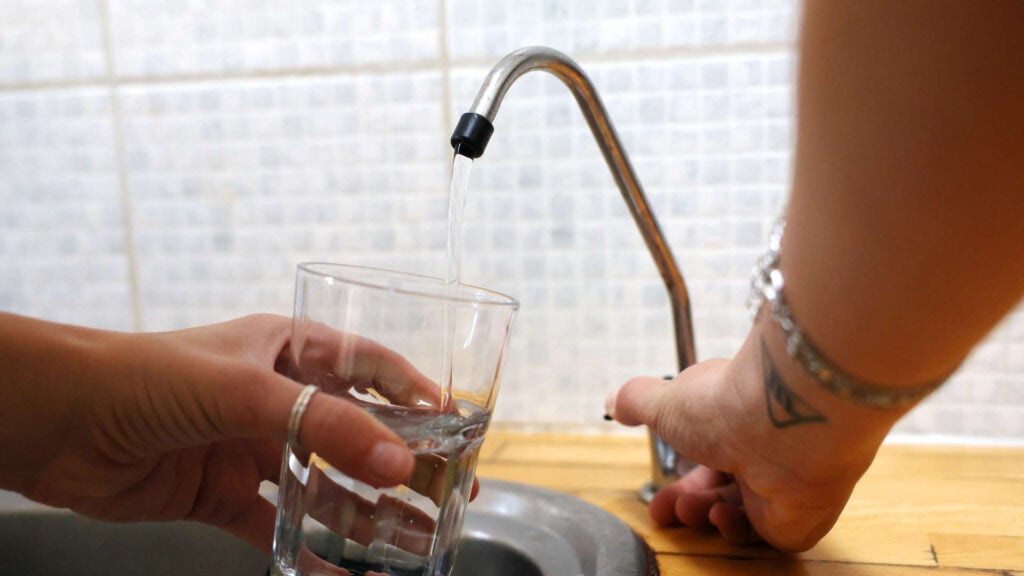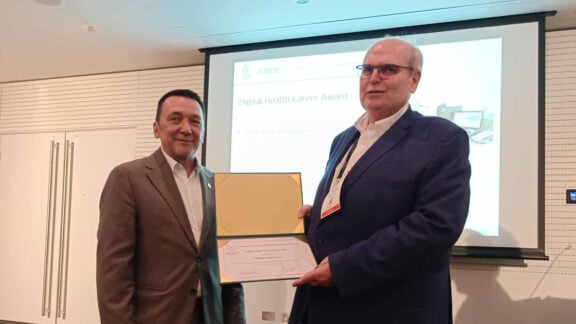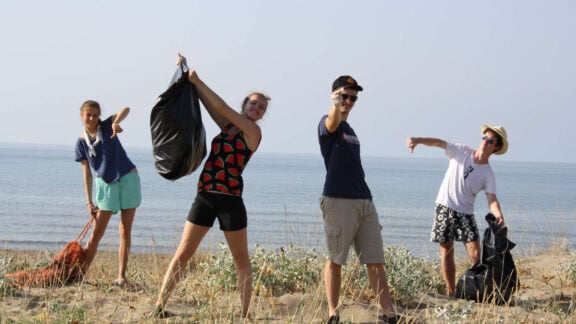An expert panel’s report into contaminated drinking water has been labelled a cover-up by one community activist amid calls for broader monitoring and classification of so-called “forever chemicals”.
The increased detections in samples from Sydney drinking water coincides with concerns over the level of the contaminants considered safe as some readings exceed international guidelines.
“Sydney’s water meets current Australian standards, but when considering health benchmarks used in other countries, some samples were near or above safety limits,” University of NSW chemistry professor William Donald said.
He led a study published in environmental chemistry journal Chemosphere which reported analysis of 32 tap water and 10 bottled water samples from Sydney catchment areas in early 2024.
PFAS, or per- and polyfluoroalkyl substances, are a group of 15,000 toxic, synthetic chemicals used for their resistance to heat, stains and grease.
The researchers detected 31 chemicals, including 21 not previously recorded, as scientists grapple with removing the chemicals from the environment.
The task is made more difficult by tweaks in chemical structures to create new compounds, requiring fresh assessments for toxicity, environmental persistence and potential health impacts.
“We are stuck in a whack-a-mole situation with PFAS,” Prof Donald said.
Regulating the compounds as a class of chemicals rather than individually could ease the burden.
Lisa Hua, who along with Prof Donald also detected the chemicals in the “tar balls” that closed Sydney beaches in October, said broader monitoring could reveal more about contamination across Australia.
Monitoring and reporting also varies across the country.
Melbourne Water conducts “risk-based” monitoring, with fortnightly samples at seven sites in catchments across the city, while southeast Queensland water treatment plants are checked monthly.
Western Australia says it tests its water sources regularly.
“Expanding the current monitoring of PFAS could be beneficial to gain a greater understanding of seasonal variations of PFAS in drinking water supply,” Dr Hua said.
Australia’s drinking water guidelines were updated in June, reining in perfluorooctane sulfonic acid (PFOS) concentrations to eight nanograms per litre.
That was marginally above the levels researchers detected at North Richmond in Sydney’s northwest, while Sydney Water’s more recent sample from the filtration plant in July detected lower levels.
A NSW panel advising on potential health impacts of PFAS on Tuesday reported the effects “appear to be small”.
It said epidemiological studies would only positively contribute to understanding the clinical effect of the chemicals if there were well-characterised exposures, outliers were accounted for and the population was large enough to detect effects.
The panel said those characteristics were not met in any NSW population, including the Blue Mountains region where a dam was disconnected from drinking water supplies in 2024 due to high chemical levels.
Community group Stop PFAS’s convener, Jon Dee, said the panel’s report was “clearly a cover up”.
“It leaves the Blue Mountains population with no alternative but to undertake our class action against the NSW government and Sydney Water,” he told AAP.
Import, export, manufacture and use of some PFAS chemicals was banned nationwide in July.
Source: AAP









